Home>diy>Architecture & Design>How To Design Plants In Front Of A House
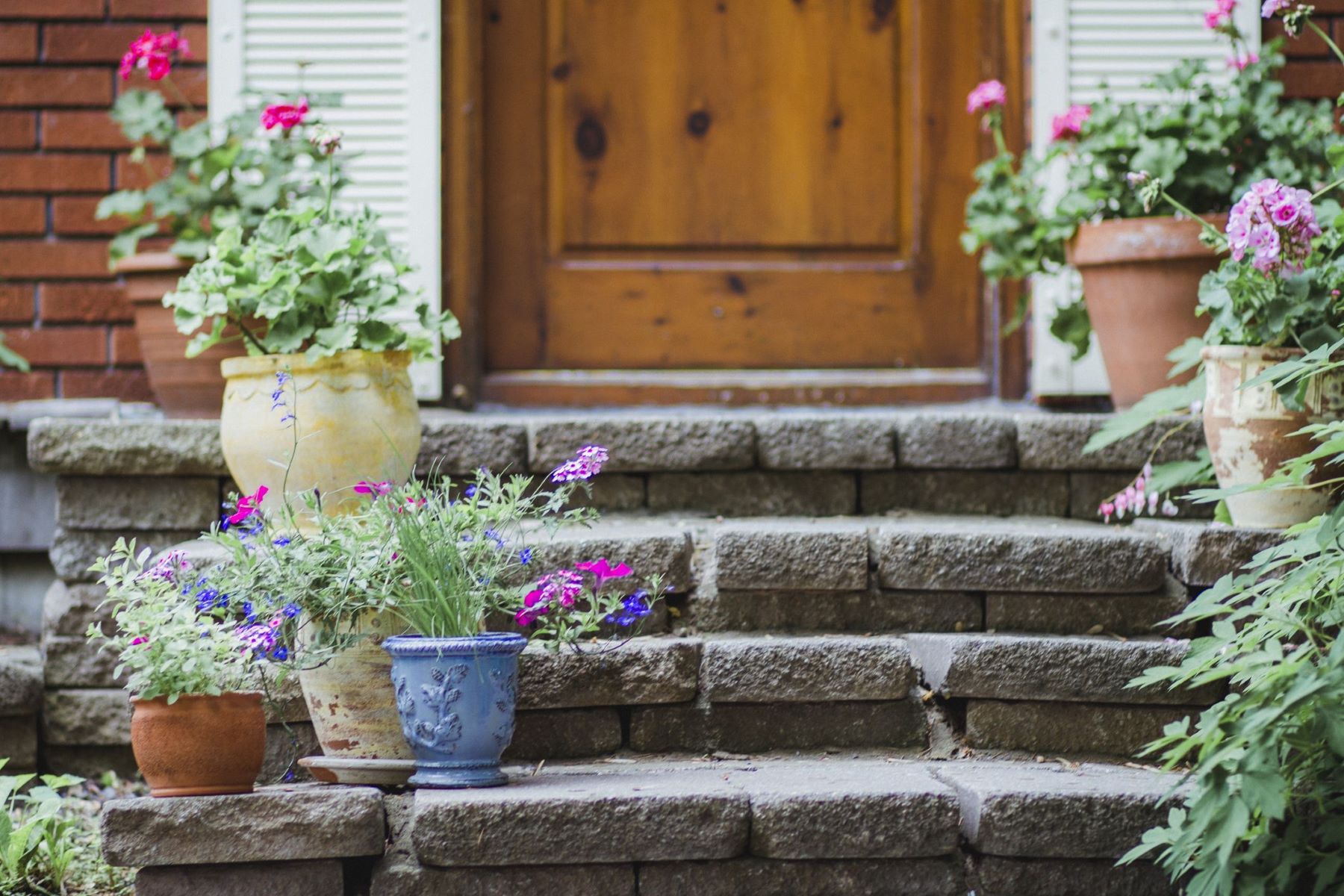

Architecture & Design
How To Design Plants In Front Of A House
Modified: January 19, 2024
Learn how to create stunning plant designs in front of your house with our expert architecture design tips. Transform your exterior with beautiful and inviting greenery.
(Many of the links in this article redirect to a specific reviewed product. Your purchase of these products through affiliate links helps to generate commission for Storables.com, at no extra cost. Learn more)
Introduction
When it comes to designing the front of a house, one often overlooked element is the landscaping. The plants you choose and how you arrange them can make a big difference in enhancing the curb appeal and creating an inviting entrance to your home. Whether you have a small front yard or a spacious lawn, thoughtful plant selection and design can transform your house into a beautiful and welcoming space.
In this article, we will explore the key aspects of designing plants in front of a house. From selecting the right plants to creating vibrant color schemes and incorporating different textures, we will guide you through the process of creating an eye-catching and well-balanced front garden. We will also look at the importance of maintenance, the use of containers, and the role of lighting in enhancing your overall design. Additionally, we will discuss the significance of pathways and edging in tying together your landscaping elements.
By the end of this article, you will have the knowledge and inspiration to transform the front of your house into a beautiful and inviting space that reflects your personal style.
Key Takeaways:
- Create a visually captivating front garden by carefully selecting plants, incorporating vibrant colors, and utilizing different textures. Consider maintenance needs and lighting to enhance the overall appeal of your home.
- Enhance the curb appeal of your house with versatile container arrangements, strategic lighting, and well-designed pathways and edging. Carefully consider plant selection, color schemes, and maintenance for a welcoming and visually stunning front garden.
Read more: How To Connect A Porch Roof To House
Selecting the Right Plants
Choosing the right plants for your front garden is crucial for creating a visually appealing and low-maintenance landscape. When selecting plants, consider factors such as climate, soil conditions, sunlight exposure, and the overall aesthetic you want to achieve. Here are some tips to help you make the right choices:
- Research Local Climate: Start by understanding your local climate and the plants that thrive in your region. Consider the average temperature, rainfall, and frost dates. This will help you choose plants that are well-suited to your environment and require minimal effort to maintain.
- Assess Soil Conditions: Determine the type of soil you have in your front garden. Is it sandy, clayey, or loamy? Some plants thrive in specific soil conditions, so make sure to select plants that are compatible with your soil type.
- Consider Sunlight Exposure: Observe the amount of sunlight your front garden receives throughout the day. Does it get full sun, partial shade, or is it mostly shady? Choose plants that are suited to the sun exposure in your front yard to ensure optimal growth.
- Balance Colors and Seasons: Plan your plant choices to ensure a year-round burst of color in your front garden. Choose a combination of plants that bloom in different seasons, offering vibrant blooms and foliage throughout the year.
- Maintain Proportions: Consider the size and scale of your front yard when selecting plants. Choose plants that are proportionate to the space and complement the size of your house. Avoid planting large trees or shrubs that may overpower the front of your home.
- Consider Wildlife Support: Plants that attract pollinators and butterflies can add life and beauty to your front garden. Incorporate native plants that provide food and habitat for wildlife, making your garden an eco-friendly space.
By carefully selecting the right plants for your front garden, you can ensure a cohesive and thriving landscape that adds charm and beauty to your home. Remember to consider factors such as climate, soil conditions, sunlight exposure, and color balance when making your choices.
Creating a Colorful Front Garden
A vibrant and colorful front garden can instantly elevate the look of your house and make it stand out in the neighborhood. By strategically incorporating a variety of colors, you can create a visually appealing landscape that is pleasing to the eye. Here are some tips to help you create a colorful front garden:
- Select a Color Scheme: Start by deciding on a color scheme for your front garden. You can choose a monochromatic theme using different shades of a single color, create a complementary scheme by pairing contrasting colors, or go for a harmonious blend of colors within the same color family.
- Layer Plant Heights and Colors: Create depth and dimension in your front garden by layering plants of varying heights and colors. Place taller plants at the back or center, and shorter ones towards the front. This layering effect not only adds visual interest but also ensures that every plant gets enough sunlight and space to thrive.
- Utilize Seasonal Blooms: Plan your plant selection to ensure blooms in different seasons. Choose plants with varying flowering times to make sure there are always pops of color throughout the year. This can be achieved by incorporating bulbs, annuals, perennials, and shrubs that bloom at different times.
- Consider Foliage Colors: Don’t limit your color palette to just flowers. Consider plants with vibrant foliage to add interest and texture to your front garden. Look for plants with leaves in shades of green, red, purple, and even variegated patterns.
- Add Colorful Accents: In addition to plants, consider incorporating colorful accents such as decorative pots, colorful garden furniture, or even painted planters. These accents can add a pop of color and create focal points in your front garden.
Remember to balance your color choices and not overwhelm your front garden with too many conflicting colors. Also, be mindful of the colors of your house and any existing hardscape elements like pathways or fences, and choose plant colors that complement and enhance the overall aesthetic.
With careful planning and the right plant choices, you can create a colorful front garden that adds charm, beauty, and a welcoming feel to your home.
Incorporating Different Textures
When designing the plants in front of your house, it’s essential to consider not only the colors but also the textures of the plants. By incorporating plants with different textures, you can create a visually appealing front garden with depth and variety. Here are some tips for incorporating different textures into your design:
- Contrast Leaf Shapes: Choose plants with varying leaf shapes to add texture. Combine plants with broad, rounded leaves with those that have long, slender leaves. This contrast in leaf shapes creates visual interest and adds dimension to your front garden.
- Mix Foliage Types: Incorporate plants with different foliage types, such as grasses, ferns, succulents, or broad-leafed plants. This mix of foliage textures adds variety and creates a dynamic and visually enticing garden landscape.
- Integrate Different Growth Habits: Combine plants with different growth habits, such as cascading, mounding, or upright. This variation adds depth and dimension to your front garden. Place cascading plants on walls or in hanging baskets, mounding plants in borders or containers, and upright plants as focal points or centerpieces.
- Utilize Flower Shapes: Consider the shapes of flowers as part of the overall texture. Choose plants with different flower shapes, such as daisies, spiky blooms, round clusters, or bell-shaped flowers. The combination of different flower textures adds visual interest and diversity to your front garden.
- Add Hardscape Elements: Incorporate hardscape elements like rocks, stones, or decorative containers into your front garden design. The contrast between the soft, organic textures of the plants and the hard textures of the hardscape elements creates a visually striking and balanced outdoor space.
When incorporating different textures, aim for a harmonious blend that doesn’t become overwhelming. Consider the overall aesthetic of your front garden and ensure that the textures of the plants complement each other and the surrounding elements.
Incorporating different textures into your front garden design brings life and visual interest to your outdoor space. By carefully selecting plants with various leaf shapes, foliage types, growth habits, flower shapes, and integrating hardscape elements, you can create a dynamic and inviting front garden that captures attention and enhances the overall appeal of your home.
Arranging Plants for Visual Interest
The arrangement of plants in your front garden plays a crucial role in creating visual interest and a cohesive overall design. By carefully planning the layout and placement of your plants, you can create an aesthetically pleasing and balanced landscape. Here are some tips for arranging plants for visual interest:
- Create Focal Points: Designate focal points in your front garden where you want to draw attention. These focal points can be created using larger plants, unique specimens, or eye-catching sculptures or ornaments. Place them strategically to create a sense of balance and add visual interest to your landscape.
- Vary Plant Heights: Incorporate plants of varying heights to add depth and dimension to your front garden. Place taller plants at the back or center to create a backdrop, while shorter plants can be positioned towards the front to create a layered effect. This variation in heights adds visual interest and makes your garden more visually engaging.
- Consider Color Blocking: Group plants with similar colors together to create color blocks. This can create a bold and striking visual impact. Alternatively, you can also create color transitions by arranging plants that blend well together, gradually shifting from one color to another.
- Use Repetition: Utilize repetition to create a sense of unity and cohesiveness in your front garden design. Repeat certain plant species or elements throughout the landscape to create a visual rhythm. This repetition creates a sense of harmony and balance.
- Layer Plants: Layering the plants in your garden helps to create depth and interest. Place taller plants towards the back, medium-height plants in the middle, and shorter plants towards the front. This layering technique ensures that every plant is visible and contributes to the overall beauty of your front garden.
- Consider Seasonal Interest: Plan your plant arrangement to ensure there is something beautiful to see in every season. Incorporate plants that provide year-round interest through their foliage, flowers, or unique features. This ensures that your front garden remains visually appealing throughout the year.
By carefully arranging your plants, you can create a visually appealing and well-designed front garden that enhances the overall aesthetic of your home. Remember to consider focal points, vary plant heights, utilize color blocking and repetition, and layer your plants to create visual interest and a harmonious landscape.
Take your time in arranging your plants, making adjustments as needed, and experimenting with different combinations to find the arrangement that best suits your personal style and enhances the beauty of your front garden.
Consider the mature size of the plants when designing. Place taller plants towards the back and shorter ones towards the front for a balanced look.
Read more: How To Add A Porch To Your House
Using Containers for Versatility
Containers are a versatile and dynamic element that can add a touch of creativity and functionality to your front garden design. They offer the flexibility to easily change the layout and arrangement of plants, and can be used in various ways to enhance the overall aesthetic. Here are some ideas on how to use containers for versatility in your front garden:
- Create Plant Groupings: Use containers to create plant groupings or clusters. Grouping plants together in containers adds visual impact and makes it easier to maintain specific themes or color schemes. You can create beautiful arrangements by combining plants with complementary colors, textures, and heights.
- Add Height and Vertical Interest: Incorporate tall or trellised containers to add vertical interest to your front garden. Use them to showcase climbing plants like ivy or jasmine, or plant tall flowers to create a focal point. This adds height to your landscape and draws the eye upward, making your front garden appear larger and more visually appealing.
- Bring Color to Hardscape Elements: Place containers on patios, porches, or along pathways to add pops of color and softness to hardscape elements. The vibrant blooms and lush foliage of the plants in containers can provide a refreshing contrast to the hard surfaces, making your front garden more inviting and visually appealing.
- Introduce Mobility: Containers offer the advantage of portability. You can easily move them around your front garden to experiment with different arrangements or to accommodate changing sunlight patterns. This flexibility allows you to adapt your landscape design to seasonal changes or personal preferences.
- Create a Focal Point: Use a large and eye-catching container with a statement plant as a focal point in your front garden. This draws attention and serves as a centerpiece, adding visual interest and creating a sense of style. Choose a container that complements the overall theme or color palette of your front garden to create a cohesive look.
- Add Seasonal Variety: Switch out plants in containers seasonally to constantly refresh the look of your front garden. Use containers to showcase seasonal flowers, foliage, or even ornamental plants like mini pumpkins during fall or potted evergreens during winter. This allows you to bring new colors and textures to your garden throughout the year.
Containers offer endless possibilities when it comes to designing your front garden. They add versatility, mobility, and a touch of creativity to your landscape. By using containers strategically, you can create stunning plant combinations, incorporate height and vertical interest, bring color to hardscape elements, introduce mobility, and create focal points that add charm and personality to your front garden.
Experiment with different container sizes, shapes, and materials that complement your overall design aesthetic, and let your creativity flourish as you utilize containers to elevate the beauty and versatility of your front garden.
Considering Maintenance and Care
As you plan and design the plants in front of your house, it’s important to consider the maintenance and care required to keep your front garden looking its best. Taking care of your plants will ensure their health and longevity, as well as enhance the overall appeal of your home. Here are some tips to help you consider maintenance and care when designing your front garden:
- Choose Low-Maintenance Plants: Opt for plants that are well-suited to your climate and require minimal maintenance. Look for native or drought-tolerant plants that are naturally adapted to your region’s conditions. These plants are generally more resilient and can thrive with less water, fertilizer, and pruning.
- Consider Planting Zones: Understand the planting zones of the plants you choose to ensure they are suitable for your specific area. Different plants have different temperature and climate requirements. By selecting plants that are appropriate for the planting zone, you can reduce the effort and resources required to maintain them.
- Plan for Irrigation: Consider your irrigation needs and design a watering system that efficiently delivers water to your plants. This could include drip irrigation, soaker hoses, or even rainwater harvesting systems. Proper irrigation will help prevent under or over-watering, promoting healthy growth and minimizing water waste.
- Prune Regularly: Pruning is essential for maintaining plant health, shaping growth, and preventing overcrowding. Plan for regular pruning and trimming sessions to remove dead or diseased branches, control growth, and maintain the desired shape and size of your plants.
- Weed Control: Incorporate weed control measures into your front garden design to minimize the time and effort spent on weed removal. Use weed barriers or mulch to suppress weed growth, and regularly inspect your garden for any unwanted plants that may have sprung up.
- Provide Adequate Nutrients: Consider the nutritional needs of your plants and provide them with the necessary fertilizers or organic amendments. This will help maintain their vitality and ensure they have the nutrients they need for healthy growth.
- Maintain a Clean and Tidy Garden: Regularly clean up fallen leaves, debris, and other clutter to keep your front garden looking neat and presentable. This minimizes the risk of pests and diseases and enhances the overall visual appeal of your outdoor space.
- Monitor for Pests and Diseases: Keep a close eye on your plants for signs of pests or diseases. Early detection allows for prompt intervention and treatment, preventing further damage and ensuring the health and longevity of your plants.
By considering maintenance and care needs during the design phase, you can create a front garden that is not only visually appealing but also manageable and sustainable in the long term. Remember to choose low-maintenance plants, plan for proper irrigation, prune regularly, control weeds, provide adequate nutrients, maintain cleanliness, and monitor for pests and diseases.
With proper attention and care, your front garden will flourish, providing a beautiful and welcoming entrance to your home.
Enhancing Curb Appeal with Lighting
Lighting is an often overlooked aspect of front garden design, but it plays a crucial role in enhancing the curb appeal of your home. Thoughtfully placed lighting can highlight key architectural features, create ambiance, and extend the use of your outdoor space into the evening hours. Here are some tips for enhancing curb appeal with lighting:
- Illuminate Pathways: Install lighting along pathways to guide guests to your front door and add a touch of elegance. Use path lights or ground-level fixtures to create a well-lit and safe walkway. Consider using low-level lighting to achieve a subtle and inviting effect.
- Accentuate Key Features: Use lighting to highlight architectural elements, such as columns, pillars, or intricate facades. Place spotlights or uplights strategically to draw attention and create a dramatic effect. This not only enhances the beauty of your home but also adds depth and visual interest to your front garden.
- Emphasize Trees and Plants: Incorporate lighting fixtures to illuminate trees, shrubs, and other focal plants in your front garden. This adds texture and dimension to your landscape, creating a captivating display at night. Consider using adjustable fixtures to experiment with different angles and intensities of light.
- Install Outdoor Wall Sconces: Position wall sconces on the exterior walls of your house to provide both functional and decorative lighting. This not only adds a warm and inviting glow to your front entrance but also enhances the architectural details of your home.
- Create Ambiance with String Lights: String lights can add a magical and enchanting ambiance to your front garden. Wrap them around trees, pergolas, or fences to create a charming and inviting atmosphere. Opt for soft, warm-colored bulbs for a cozy and inviting glow.
- Consider Lighting Controls: Use lighting controls such as timers, motion sensors, or smart home automation systems to manage and customize your outdoor lighting. This allows you to effortlessly control the timing and intensity of your lights, making your front garden safe and welcoming, even when you’re away from home.
When incorporating lighting into your front garden design, keep in mind the overall aesthetic and architectural style of your home. Choose lighting fixtures that complement and enhance the existing features, creating a cohesive and stylish outdoor space.
By carefully planning and implementing lighting in your front garden, you can dramatically enhance the curb appeal of your home. The right lighting will not only showcase the beauty of your property but also create a warm and inviting atmosphere for you and your guests to enjoy.
Adding Pathways and Edging
Pathways and edging are essential components of front garden design that can add structure, functionality, and visual appeal to your outdoor space. Well-designed pathways provide a clear and inviting route to your front door, while edging creates definition and separates different elements within your front garden. Here are some tips for adding pathways and edging to enhance the overall design:
- Choose the Right Material: Select a pathway material that complements the style of your home and the overall aesthetic of your front garden. Options include concrete, brick, stone, gravel, or even natural elements like wood slices or mulch. Consider the maintenance requirements and durability of the material when making your choice.
- Create a Focal Point: Use a focal point or destination, such as a striking sculpture, a decorative fountain, or a beautiful plant, as the endpoint of your pathway. This provides a sense of purpose and draws the eye, creating a visually appealing and engaging front garden.
- Design a Curved Pathway: A curved pathway adds intrigue and visual interest to your front garden. Instead of a straight path, consider incorporating gentle curves or meandering lines. This creates a more natural and organic flow, making your garden feel more inviting and visually appealing.
- Add Lighting: Illuminate your pathways to create a safe and enchanting atmosphere. Incorporate low-level lighting along the edges of your paths or use solar-powered lights to guide the way. This not only enhances the functionality of your pathways but also adds a touch of ambiance to your front garden at night.
- Consider Edging Materials: Choose edging materials that complement the style of your home and the overall design of your front garden. Options include bricks, pavers, stones, or even metal or wood edging. Edging helps create boundaries between your pathways, lawn, flower beds, or other landscaping elements, giving your front garden a polished and well-defined look.
- Add Plants or Flowers: Incorporate plants or flowers along the edges of your pathways to soften the transition between the path and the surrounding landscape. Choose low-growing plants or colorful blooms that complement the overall color scheme and style of your front garden. This adds a touch of beauty and natural elegance to your pathways.
- Maintain a Clear Path: Regularly maintain your pathways by removing weeds, trimming overhanging branches, and keeping the surface clean and free of debris. This ensures that your paths remain clear and accessible, enhancing the overall functionality and aesthetic of your front garden.
Pathways and edging play a vital role in creating structure, functionality, and visual appeal in your front garden. By carefully choosing materials, incorporating curves, adding lighting, selecting edging materials, adding plants or flowers, and keeping your paths well-maintained, you can enhance the overall design and make your front garden a welcoming and visually stunning space.
Remember to consider the overall aesthetic of your home and front garden when designing your pathways and edging. By making thoughtful choices, you can create a cohesive and beautiful outdoor space that adds value and charm to your home.
Read more: How To Attach Gable Porch Roof To House
Conclusion
Designing the plants in front of a house is a fantastic opportunity to enhance the curb appeal and create a welcoming and visually captivating outdoor space. By carefully selecting the right plants, creating a colorful front garden, incorporating different textures, arranging plants for visual interest, using containers for versatility, considering maintenance and care, enhancing curb appeal with lighting, and adding pathways and edging, you can transform the front of your house into a stunning and inviting landscape.
When selecting plants, consider factors such as climate, soil conditions, sunlight exposure, and desired aesthetic. Choose plants that thrive in your region and complement the overall design of your front garden. Incorporate a variety of colors and foliage textures to create a visually appealing and dynamic landscape. Use containers strategically to add versatility and creativity. They allow you to easily change the arrangement and experiment with different plant combinations. Consider maintenance needs when selecting plants to ensure a low-maintenance and sustainable front garden.
Lighting is an often underrated aspect of front garden design, but it can greatly enhance the curb appeal of your home. Use lighting to highlight key features, create ambiance, and extend the use of your outdoor space into the evening hours. Well-placed pathways and edging add structure and definition to your front garden. Choose materials that complement your home’s style and design, and consider adding plants or flowers along the edges for added beauty and softness.
In conclusion, designing the plants in front of your house requires careful thought and planning. By considering factors such as plant selection, color schemes, textures, arrangements, maintenance, lighting, pathways, and edging, you can create a front garden that not only enhances the curb appeal of your home but also provides a warm and inviting entrance for you and your guests. Remember to incorporate your personal style and creativity while ensuring a cohesive and well-maintained outdoor space.
Frequently Asked Questions about How To Design Plants In Front Of A House
Was this page helpful?
At Storables.com, we guarantee accurate and reliable information. Our content, validated by Expert Board Contributors, is crafted following stringent Editorial Policies. We're committed to providing you with well-researched, expert-backed insights for all your informational needs.

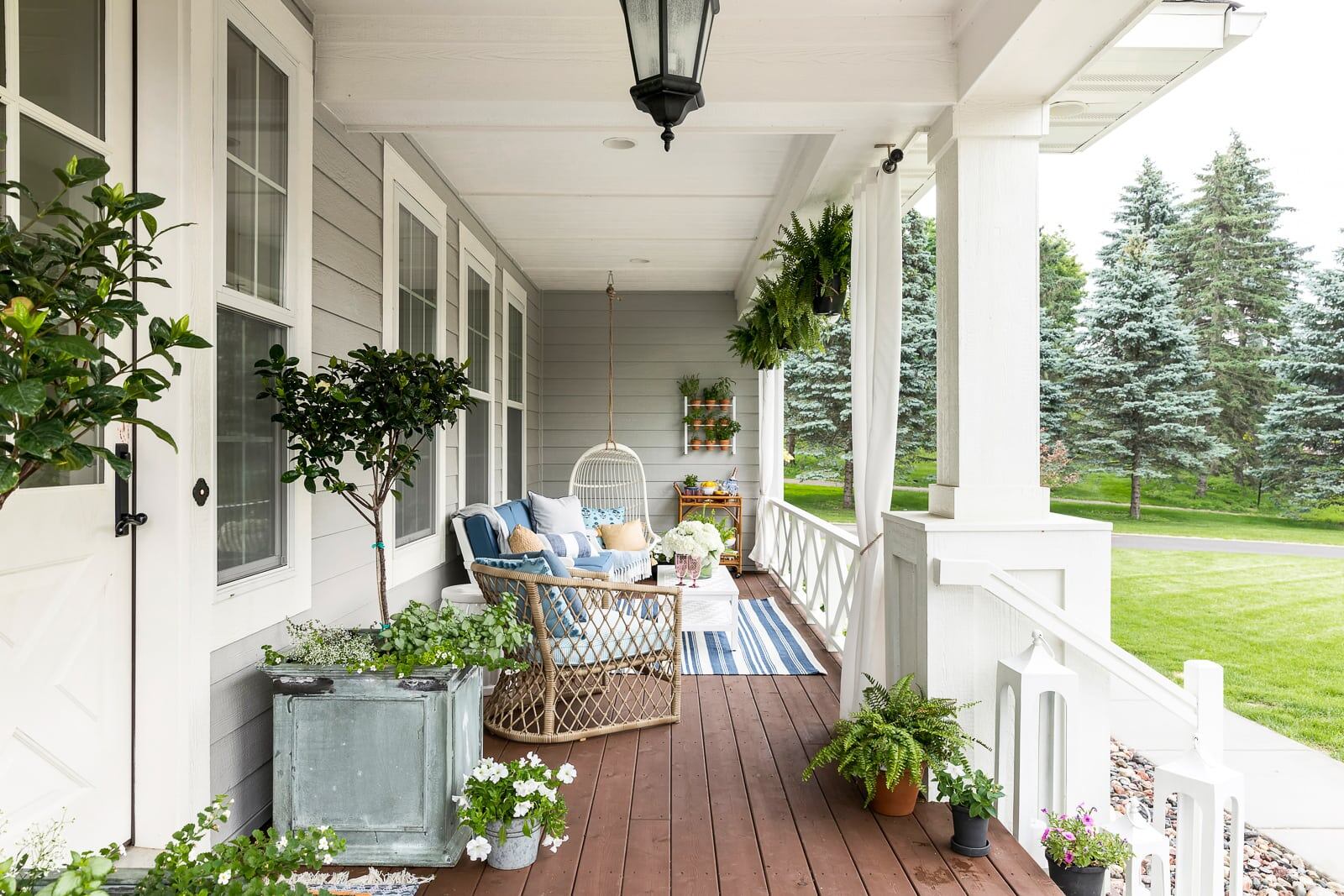
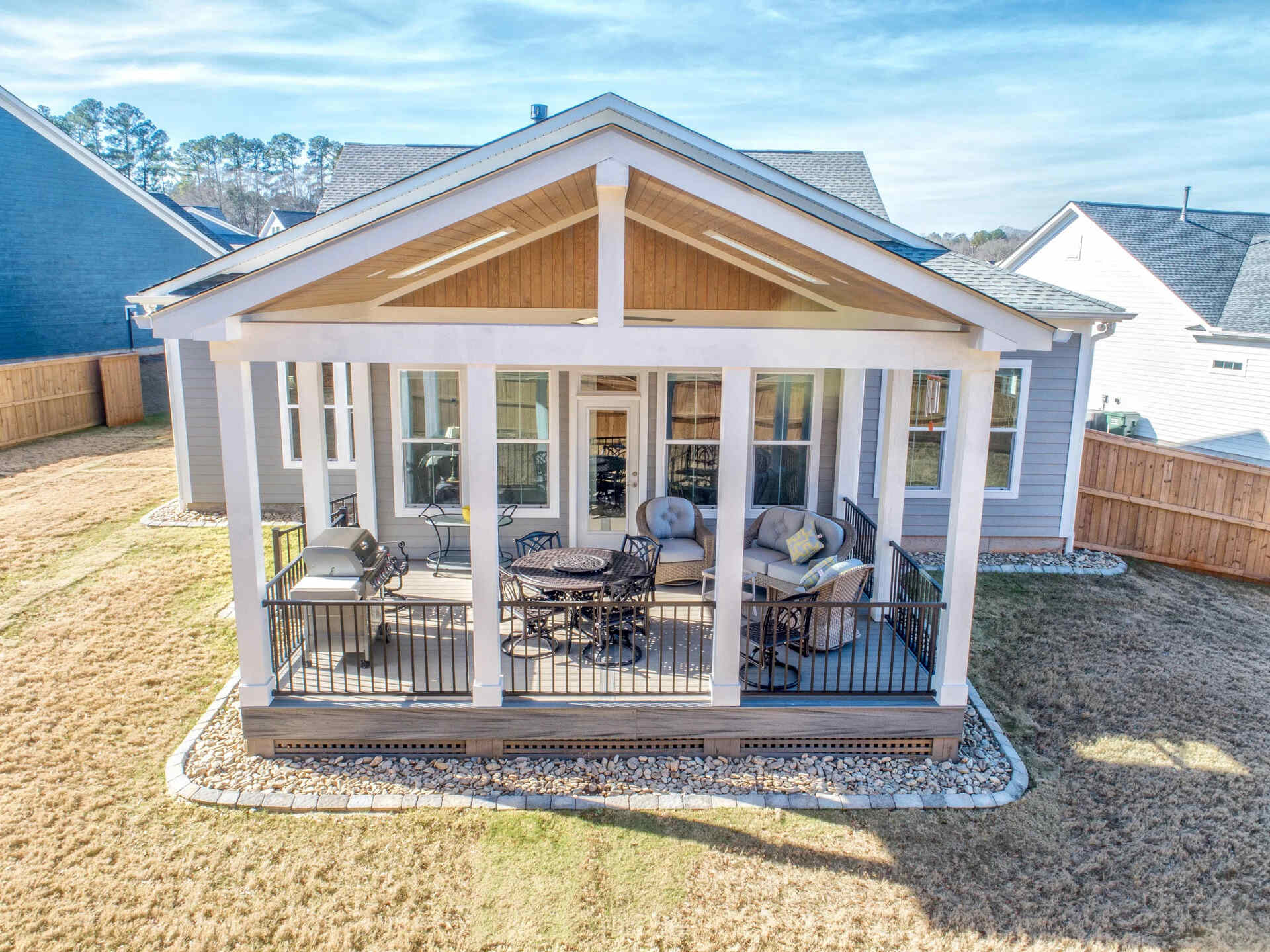
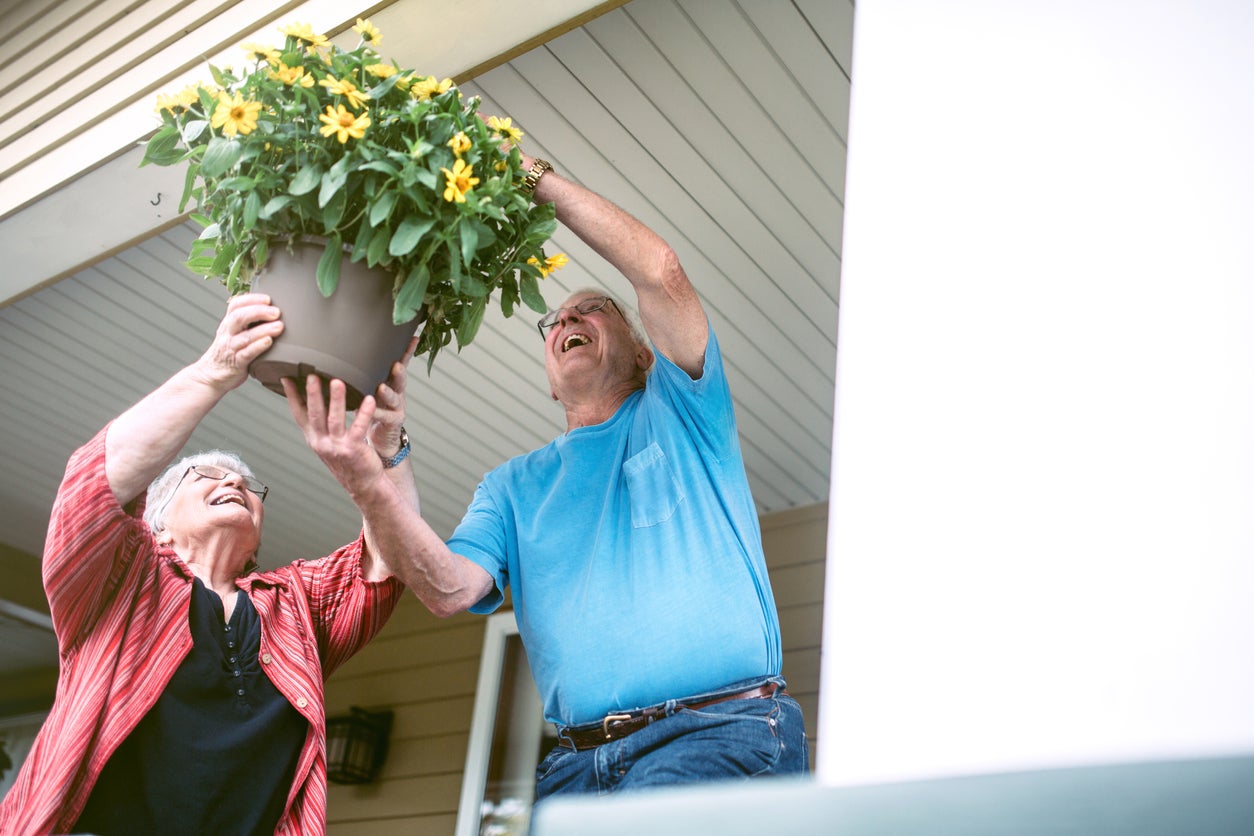
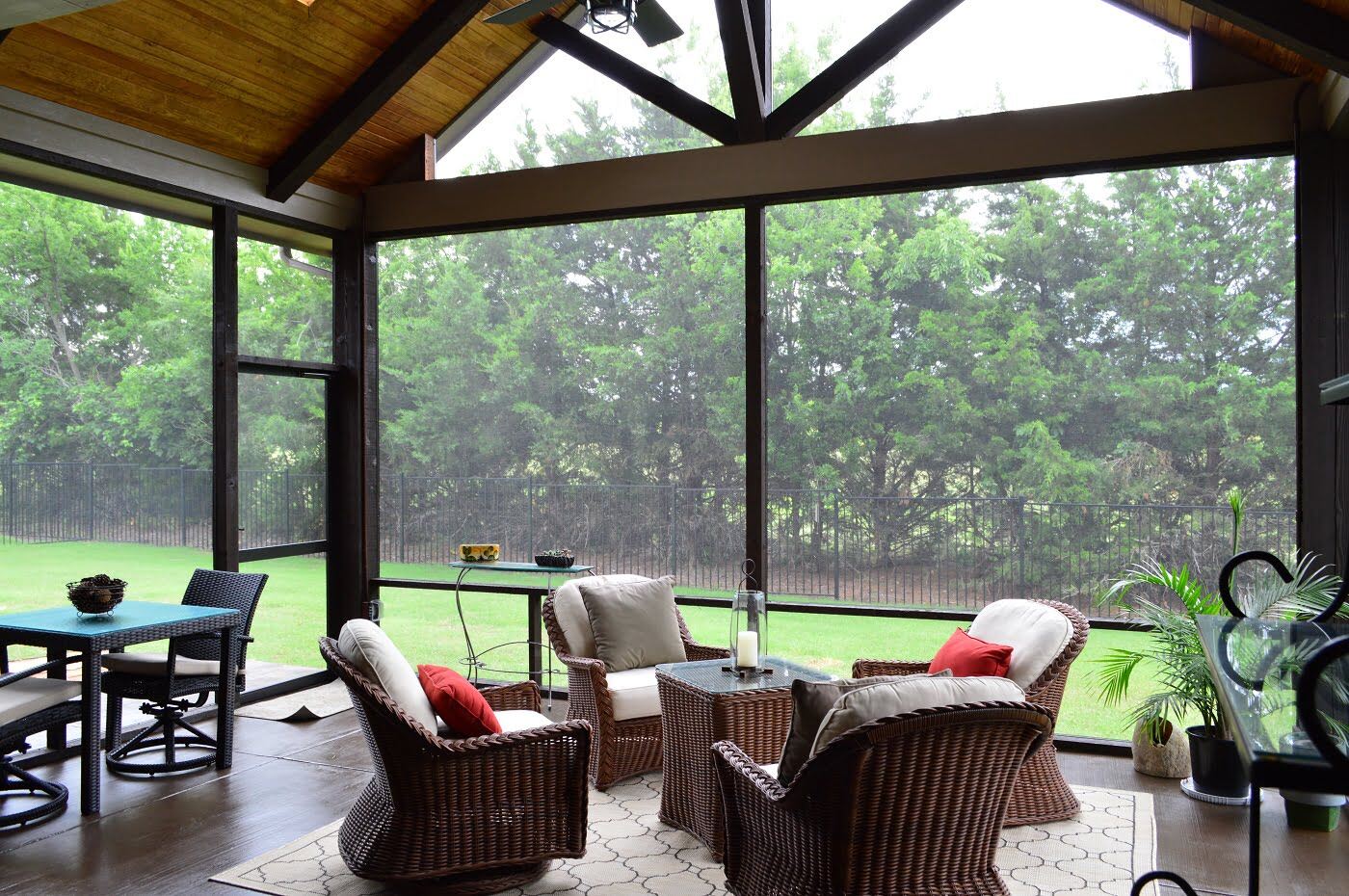
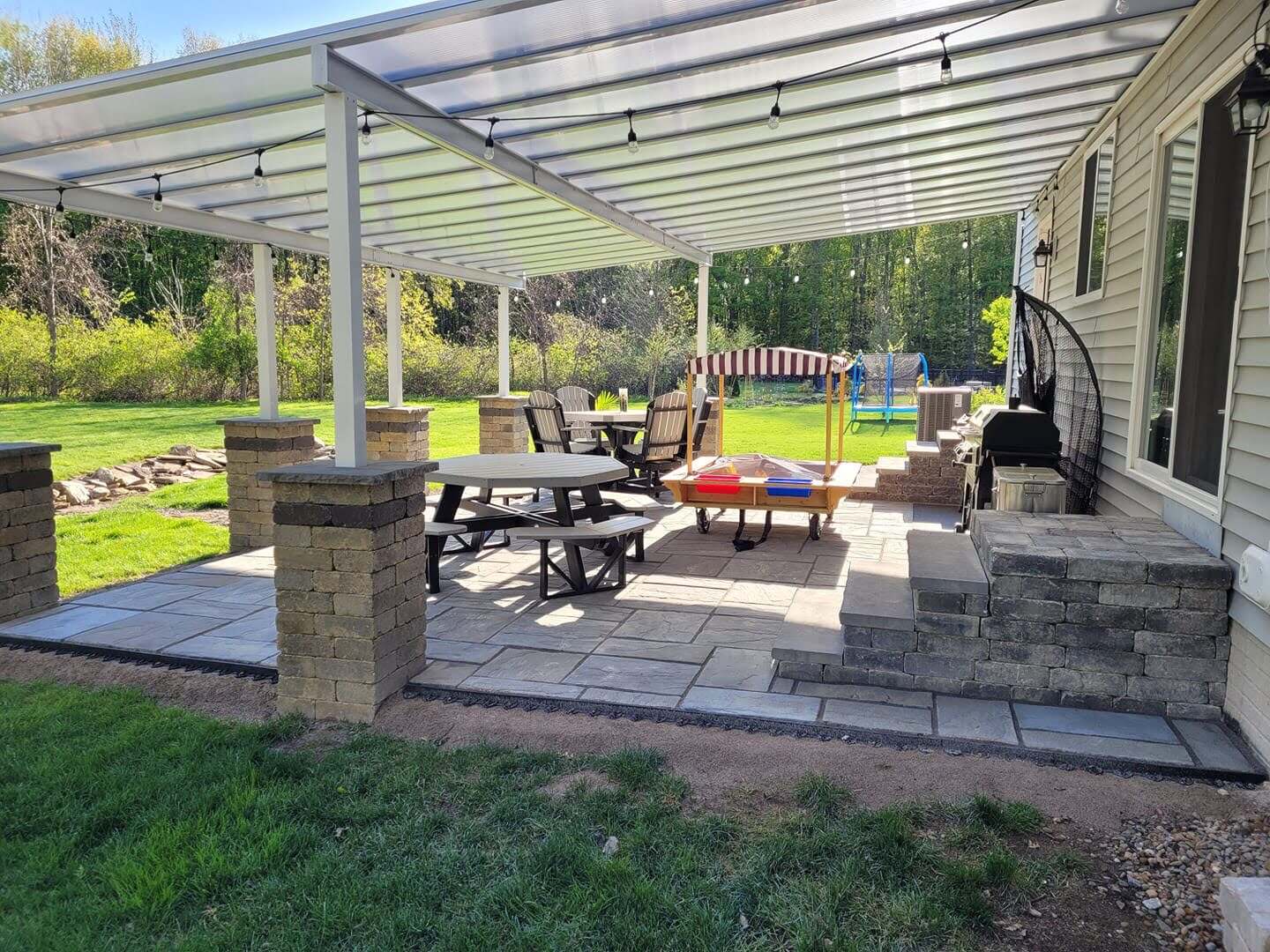
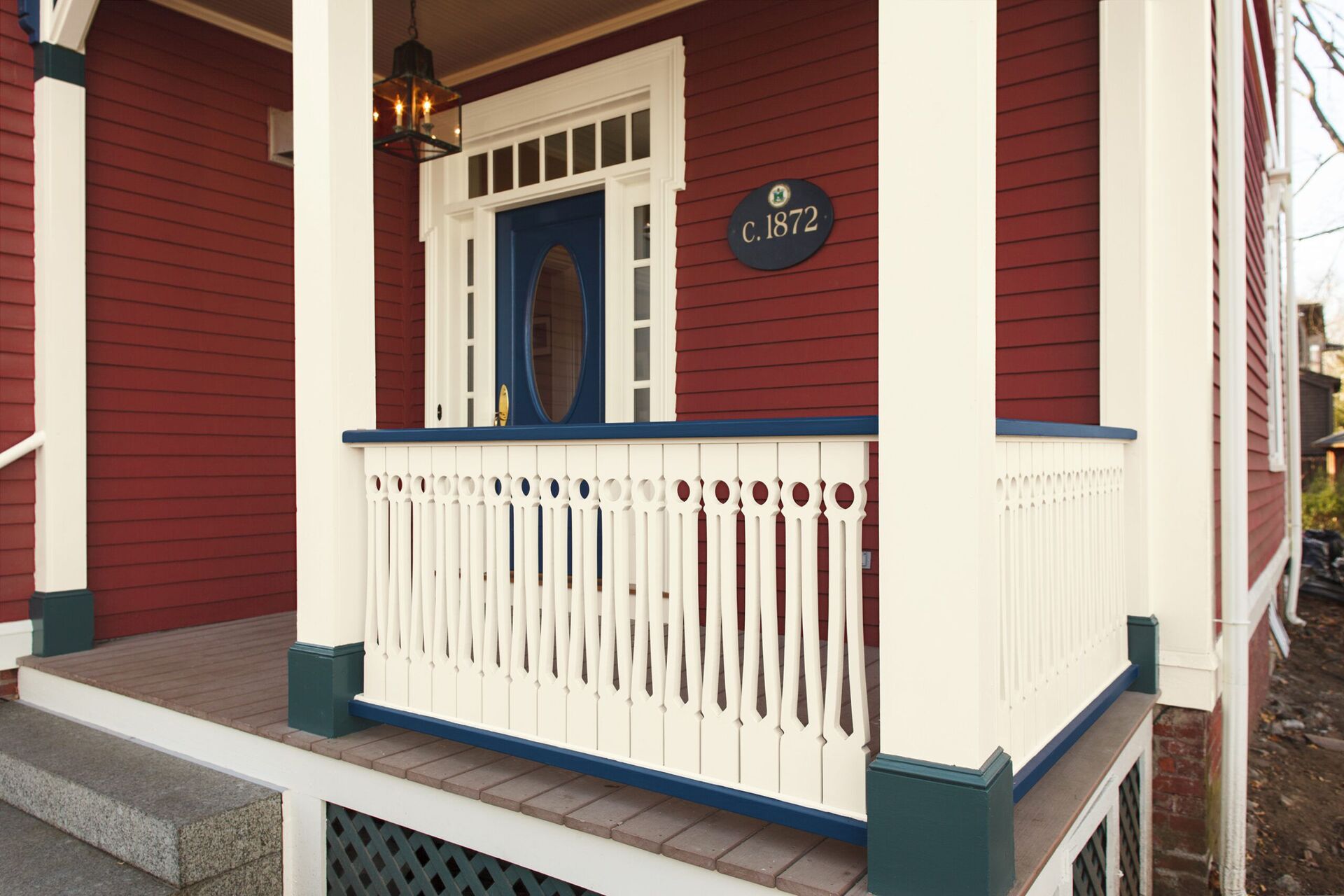
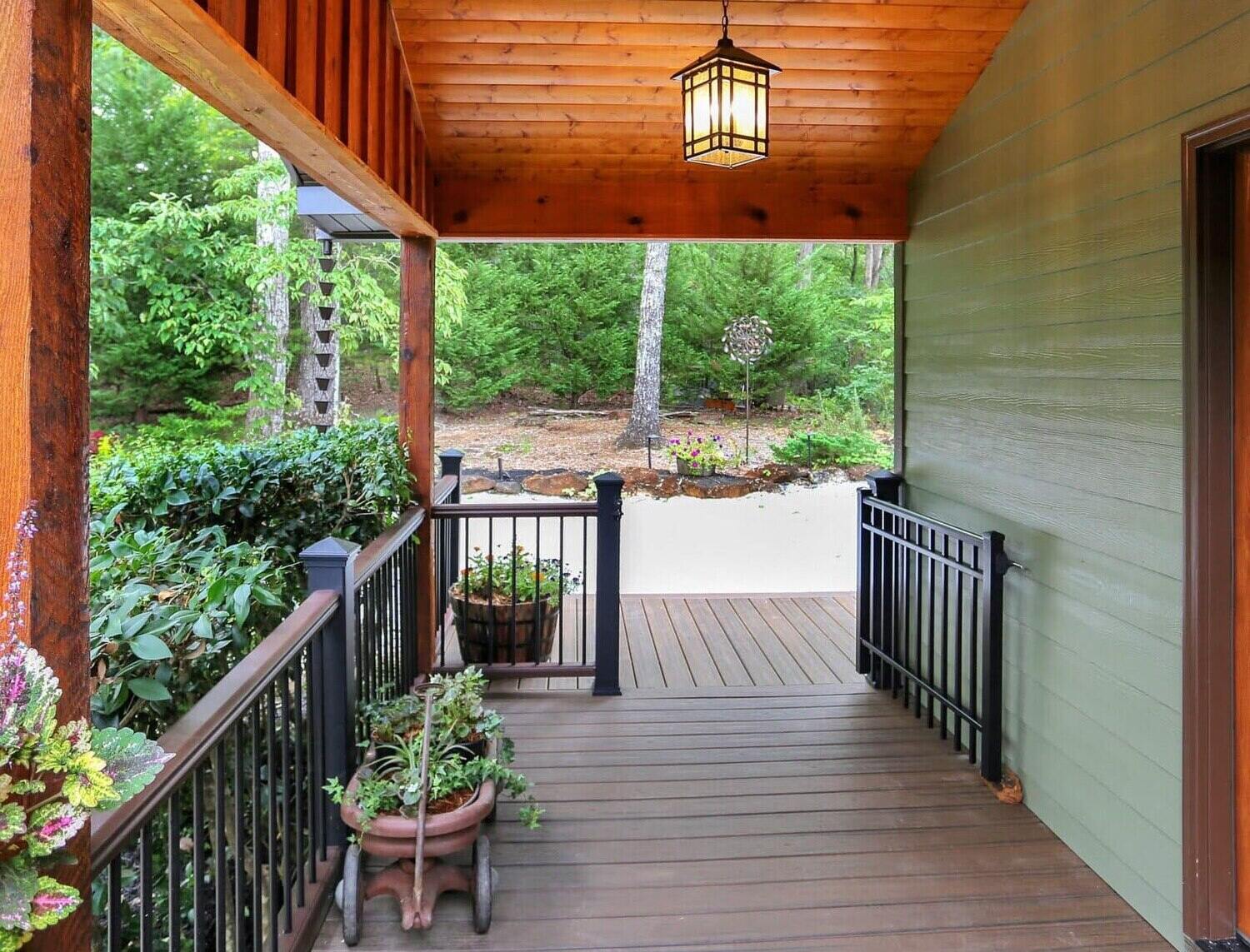
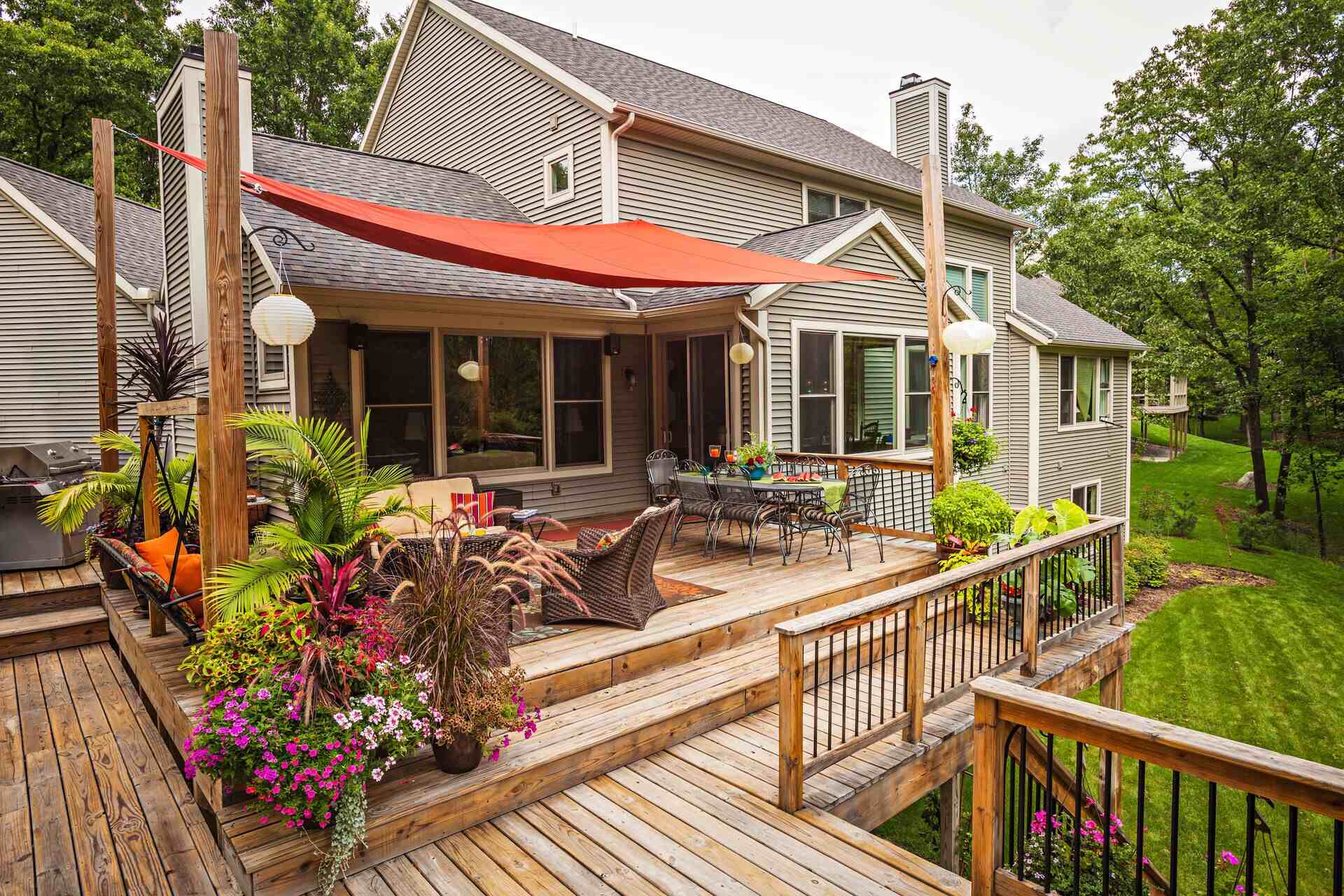
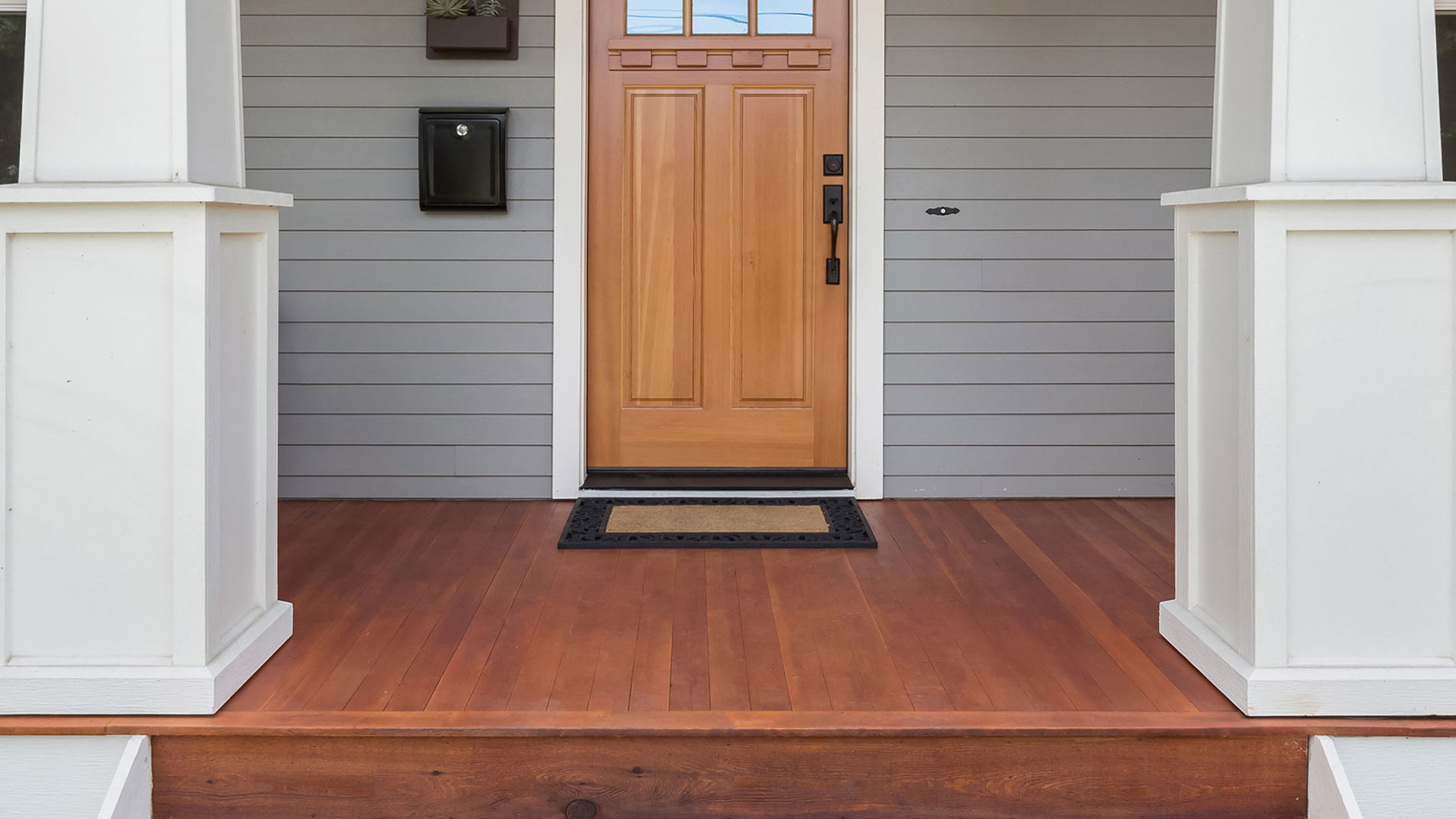
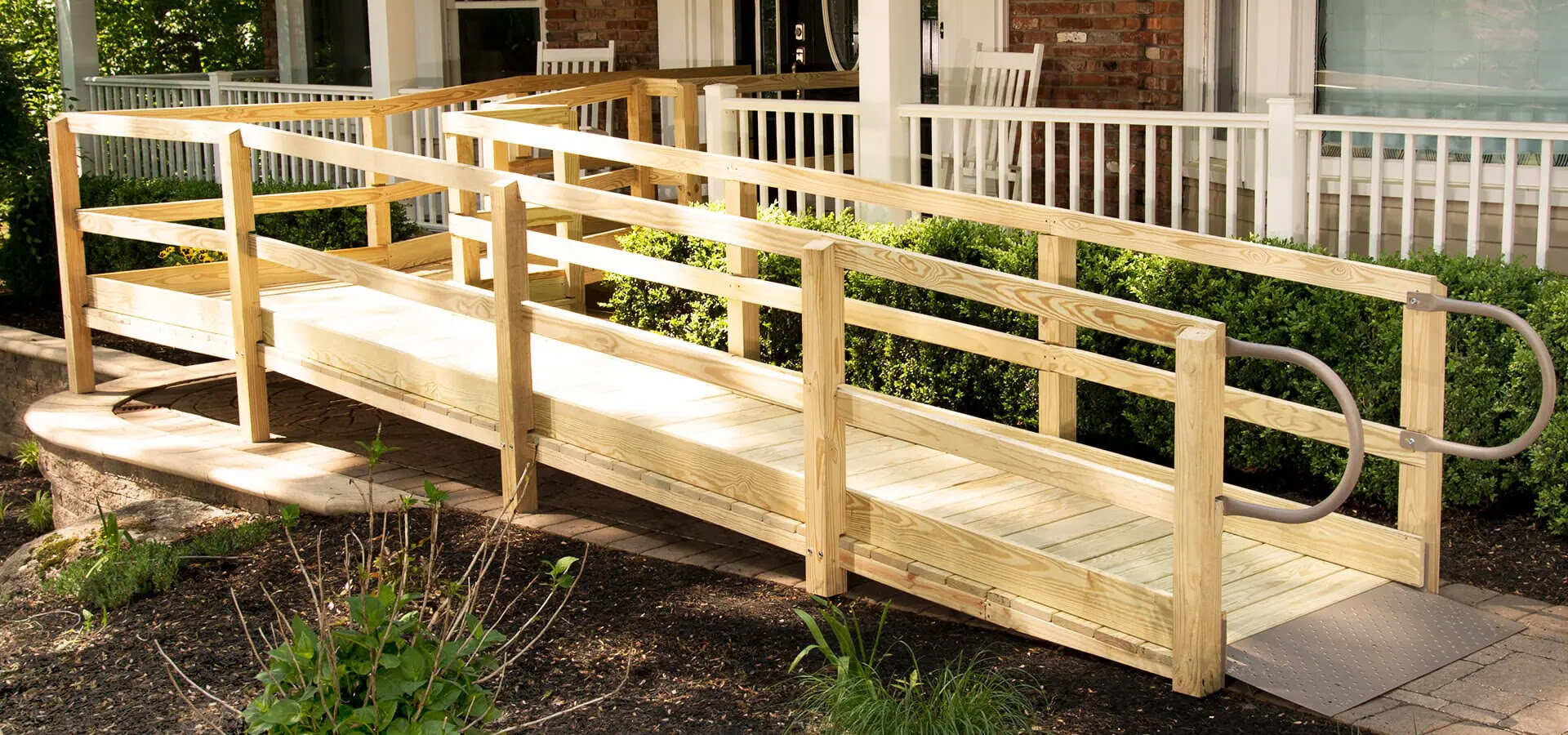
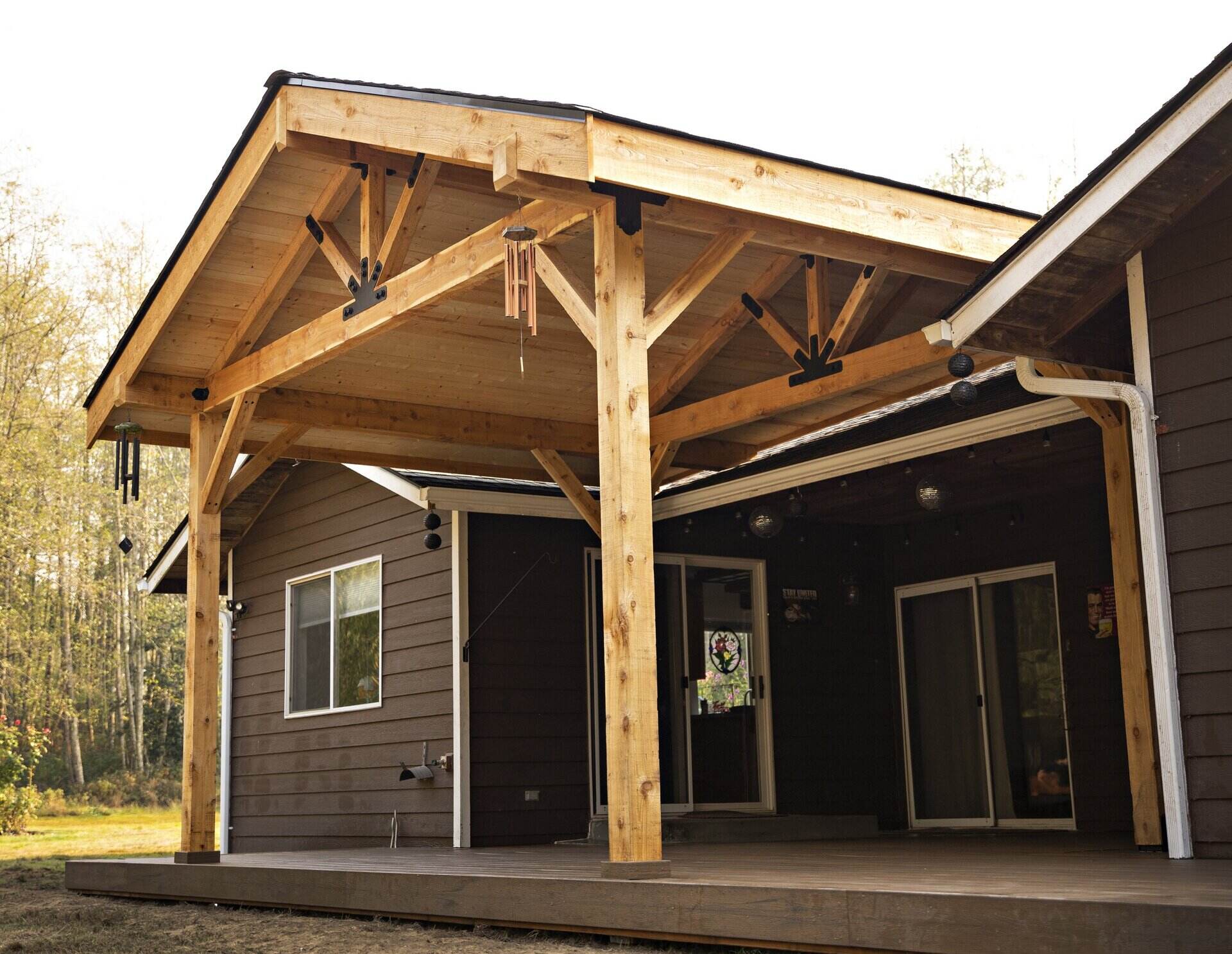
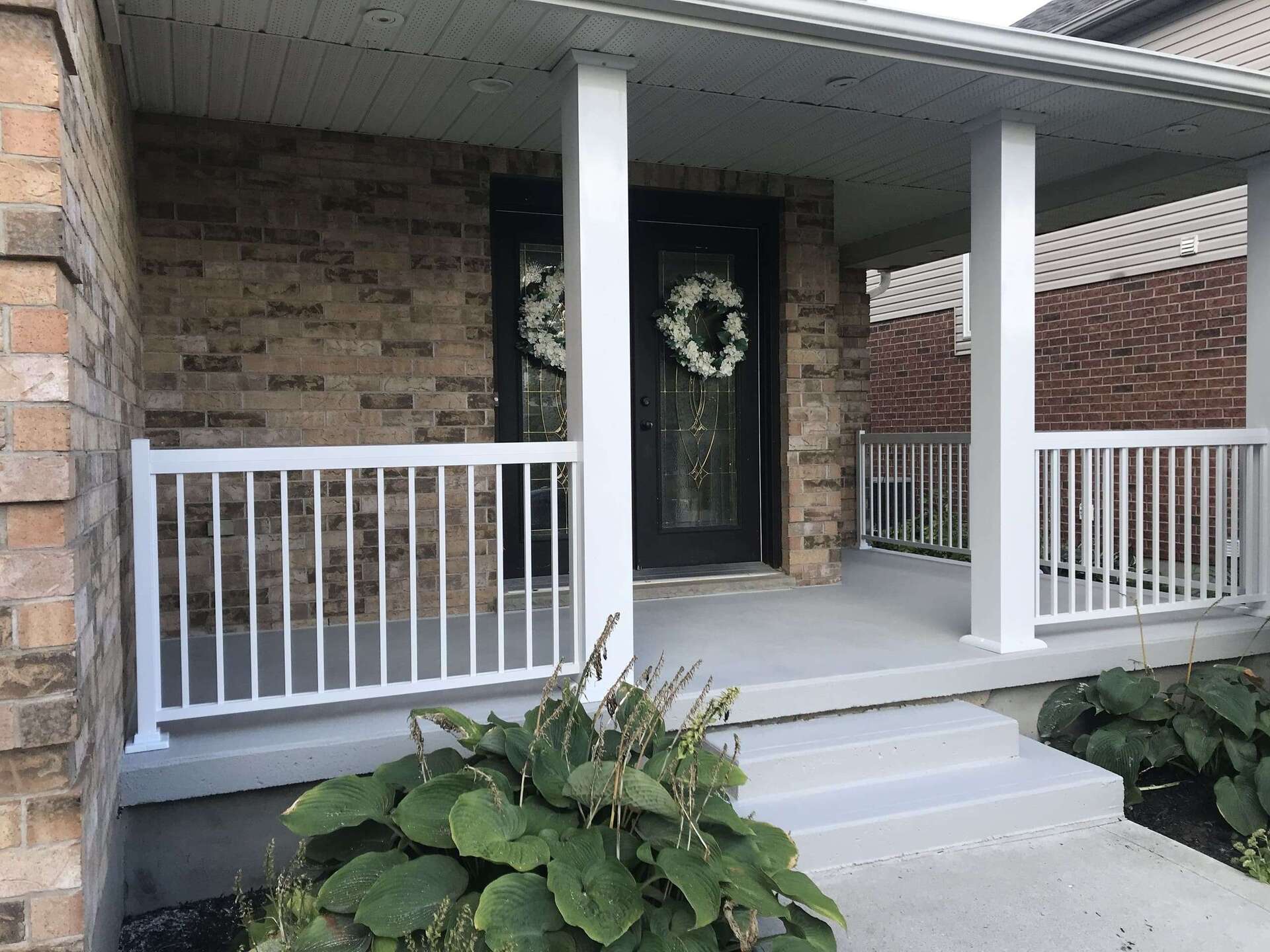

0 thoughts on “How To Design Plants In Front Of A House”